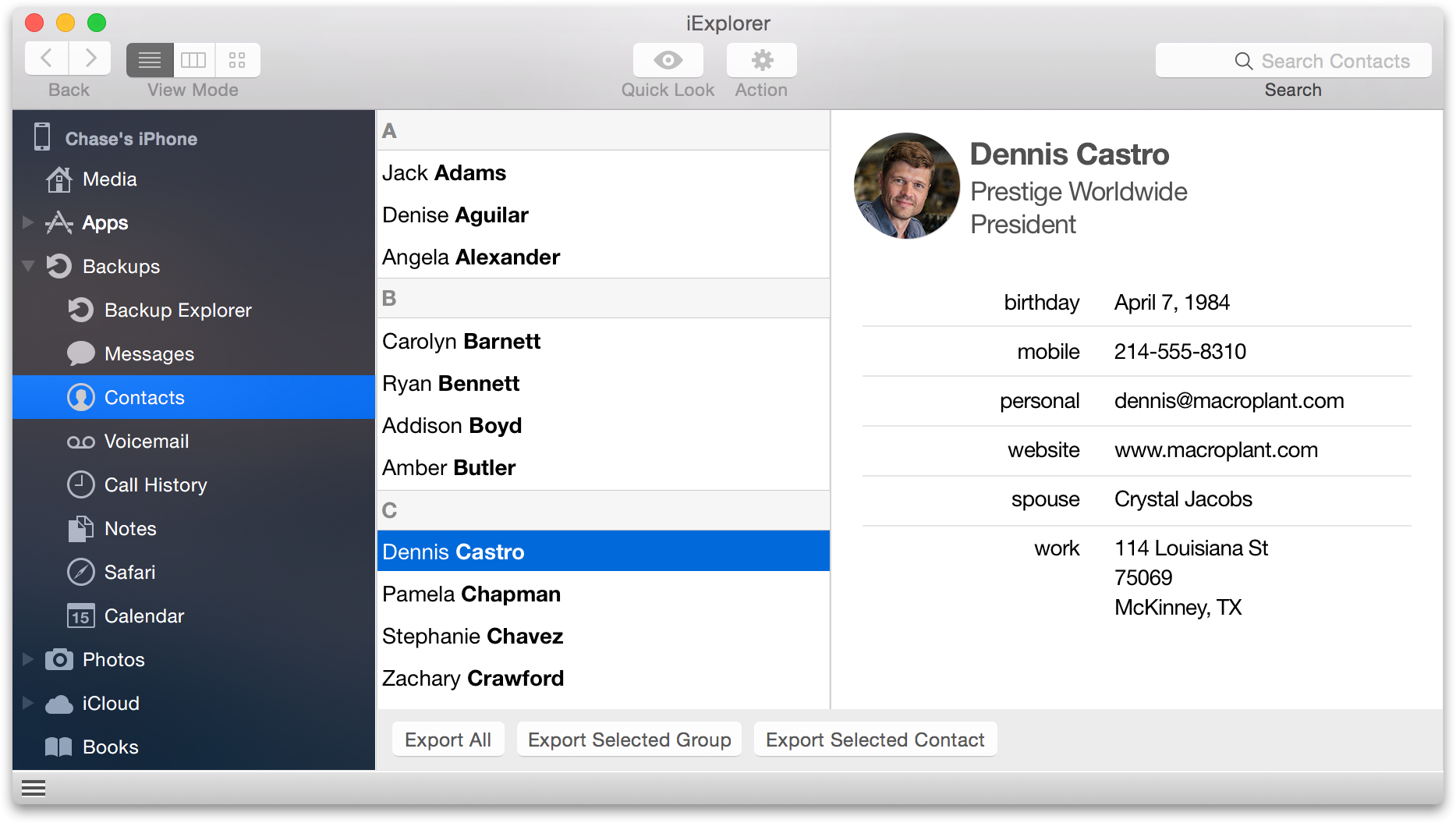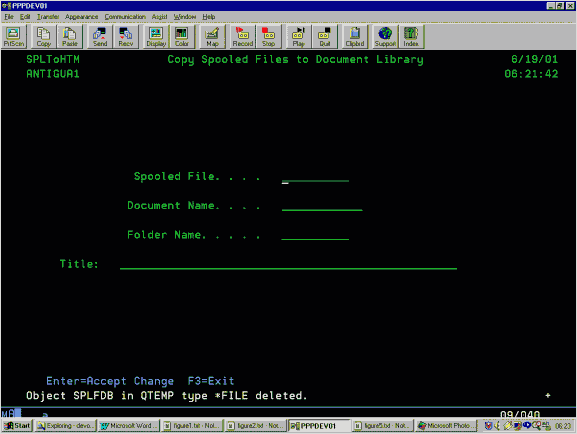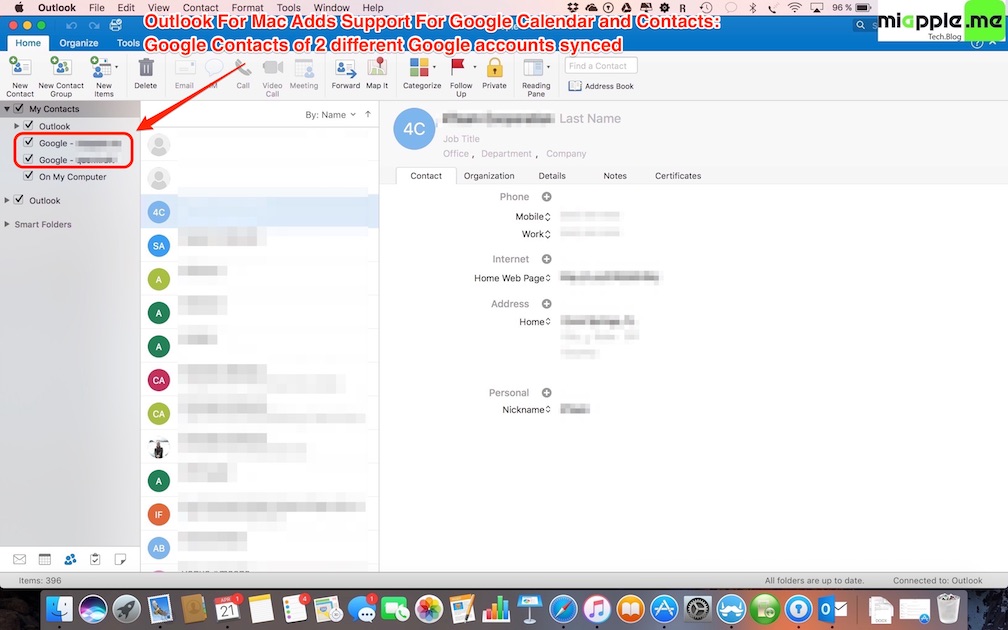


Set up SMTP logging.ĥ.5.2 Possibly the disk holding the operating system is full. Our server tried ehlo, the recipient's server did not understand and returned a 550 or 500 error.

SMTP address should be cp.com.ĥ.5.0 Underlying SMTP 500 error. Message is taking too long to be delivered.ĥ.4.8 Microsoft advise, check your recipient policy. One user is probably using an Alternate Recipient with the same email address as a contact.ĥ.4.7 Delivery time-out. Perhaps you have Exchange servers in different Routing Groups, but no connector.ĥ.4.6 Tricky looping problem, a contact has the same email address as an Active Directory user. No available route.ĥ.4.4 Cannot find the next hop, check the Routing Group Connector. Not Exchange's fault check connections.ĥ.4.3 Routing server failure. Could be Virtual Server SMTP address.ĥ.4.1 No answer from host. It means that there is no DNS server that can resolve this email address. Email probably looping.ĥ.4.0 DNS Problem. See Microsoft TechNet article: 321721 Sharing SMTP. Check limits, System Policy, connector, virtual server.ĥ.3.5 Multiple Virtual Servers are using the same IP address and port. Look outside Exchange for a connectivity problem.ĥ.3.3 Remote server has insufficient disk space to hold email. Possibly a Standard edition of Exchange reached the 16 GB limit.ĥ.3.2 System not accepting network messages. Check where the expansion server is situated.ĥ.3.0 Problem with MTA, maybe someone has been editing the registry to disable the MTA / Store driver.ĥ.3.1 Mail system full. Server or connector limit exceeded.ĥ.2.4 Most likely, a distribution list or group is trying to send an email. Check the recipient's mailbox.ĥ.2.2 Sadly, the recipient has exceeded their mailbox limit.ĥ.2.3 Recipient cannot receive messages this big. Mailbox may have moved.ĥ.1.7 Problem with senders mail attribute, check properties sheet in ADUC.ĥ.2.x NDR caused by a problem with the large size of the email.ĥ.2.1 The message is too large. Sometimes running RUS (Recipient Update Service) cures this problem. Check the address information.ĥ.1.4 Two objects have the same address, which confuses the categorizer.ĥ.1.5 Destination mailbox address invalid.ĥ.1.6 Problem with homeMDB or msExchHomeServerName - check how many users are affected. Maybe an Outlook client replied to a message while offline.ĥ.1.3 Another problem with contacts. Possibly the user was moved to another server in Active Directory.

Check the recipient address.ĥ.1.1 Another problem with the recipient address. In fact Microsoft introduced a service pack to make sure now get a more specific code.ĥ.1.0 Often seen with contacts. This status code is a general error message in Exchange 2000. More likely, a routing group error, no routing connector, or no suitable address space in the connector. You get this NDR when you make a typing mistake when you manually try to send email via telnet. Your server does not have the correct language code page installed.ĥ.0.0 SMTP 500 reply code means an unrecognised command. Also, use square brackets in the IP address You can get this same NDR error if you have been deleting routing groups.Ĥ.6.5 Multi-language situation. Check your smart host setting on the SMTP connector. Check receiving server connectors.Ĥ.4.9 A DNS problem. Most likely, the message is looping.Ĥ.4.7 Problem with a timeout. If it persists, you will also a 5.4.x status code error.Ĥ.4.2 The server started to deliver the message but then the connection was broken.Ĥ.4.6 Too many hops. Microsoft say this NDR maybe reported as out-of-memory error.Ĥ.3.2 Classic temporary problem, the Administrator has frozen the queue.Ĥ.4.1 Intermittent network connection. (Default 22 MB)Ĥ.3.1 Not enough disk space on the delivery server. It could also be that the delivery directory on the Virtual server has exceeded its limit. Code Explanation of Non-Delivery Report error codesĤ.2.2 The recipient has exceeded their mailbox limit.


 0 kommentar(er)
0 kommentar(er)
